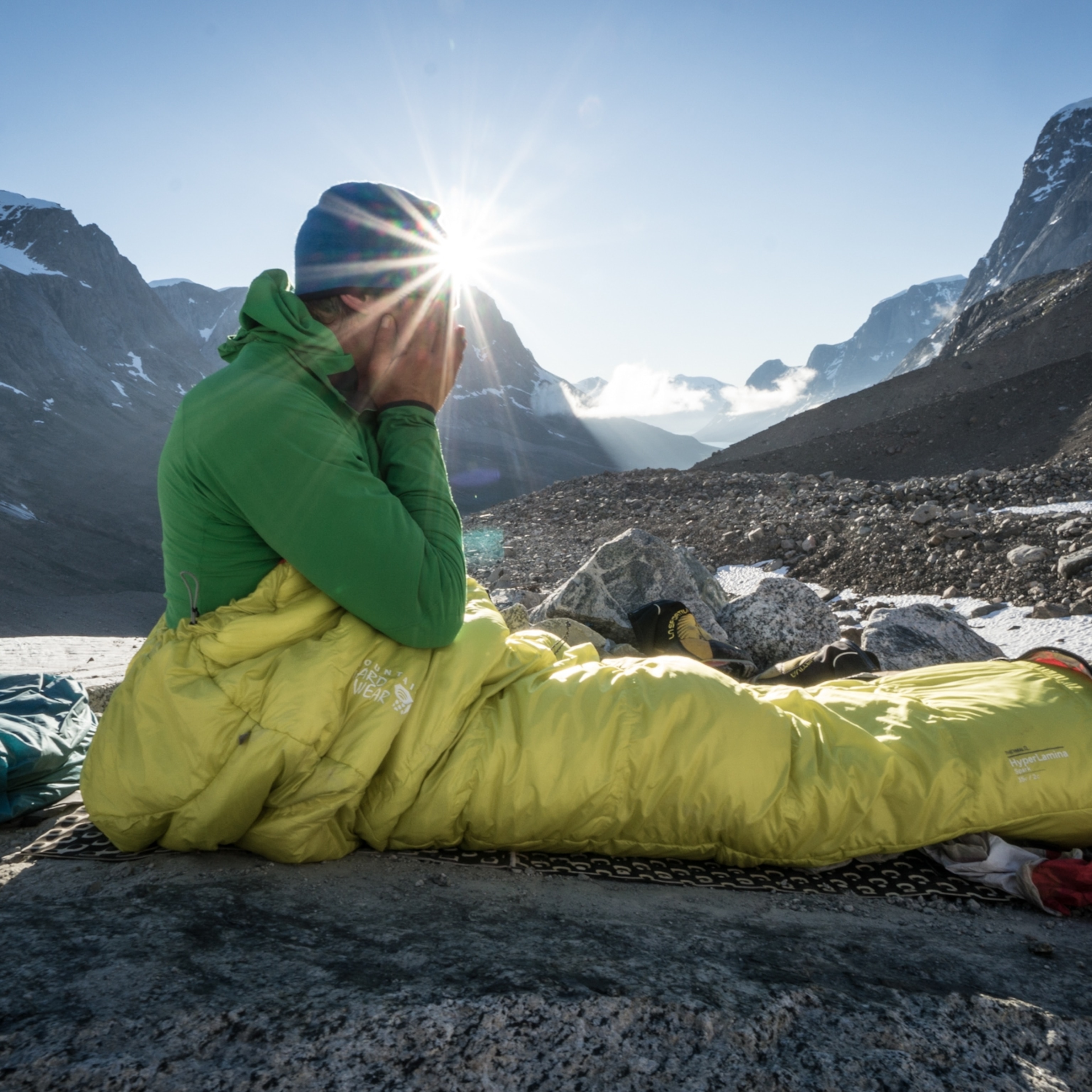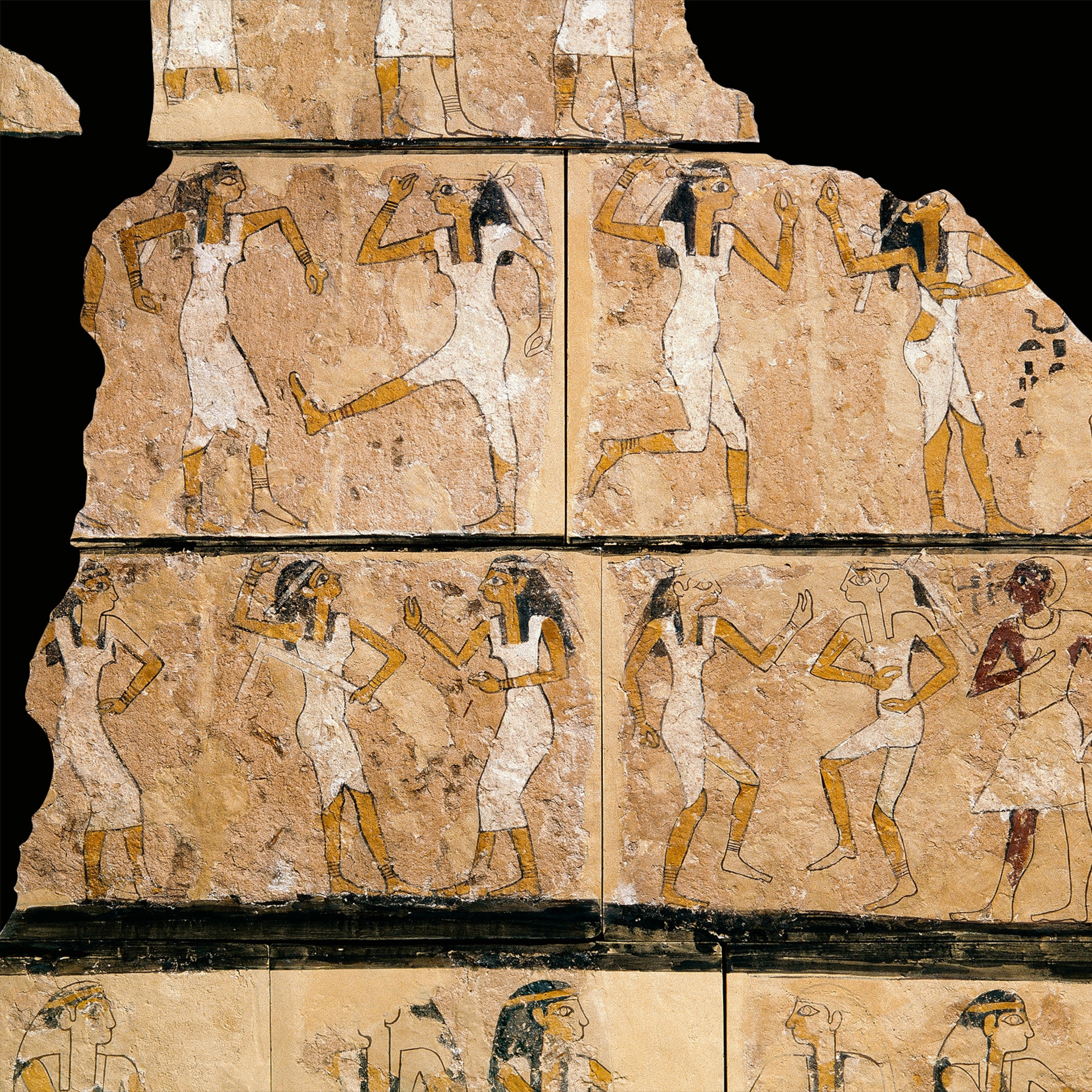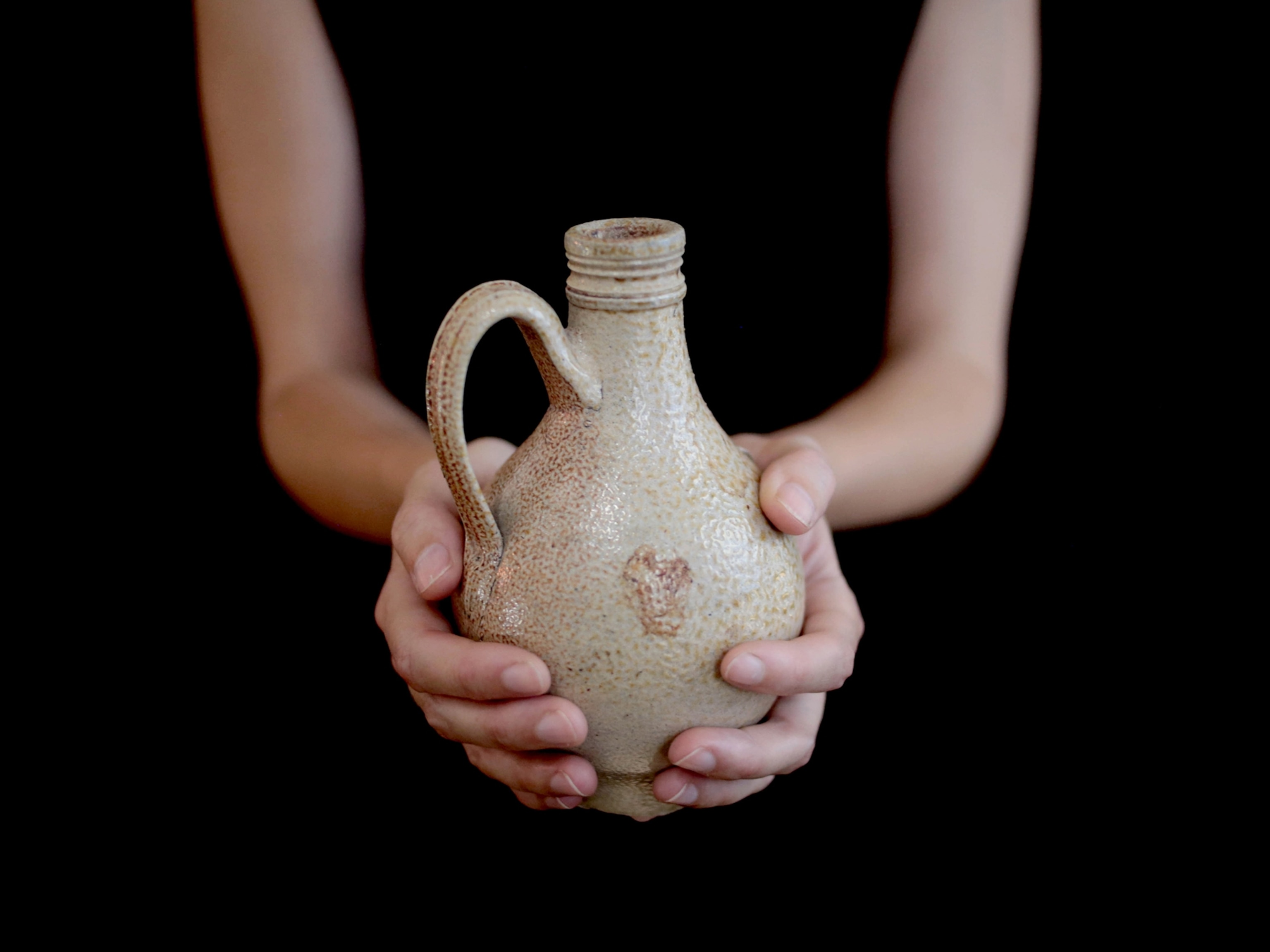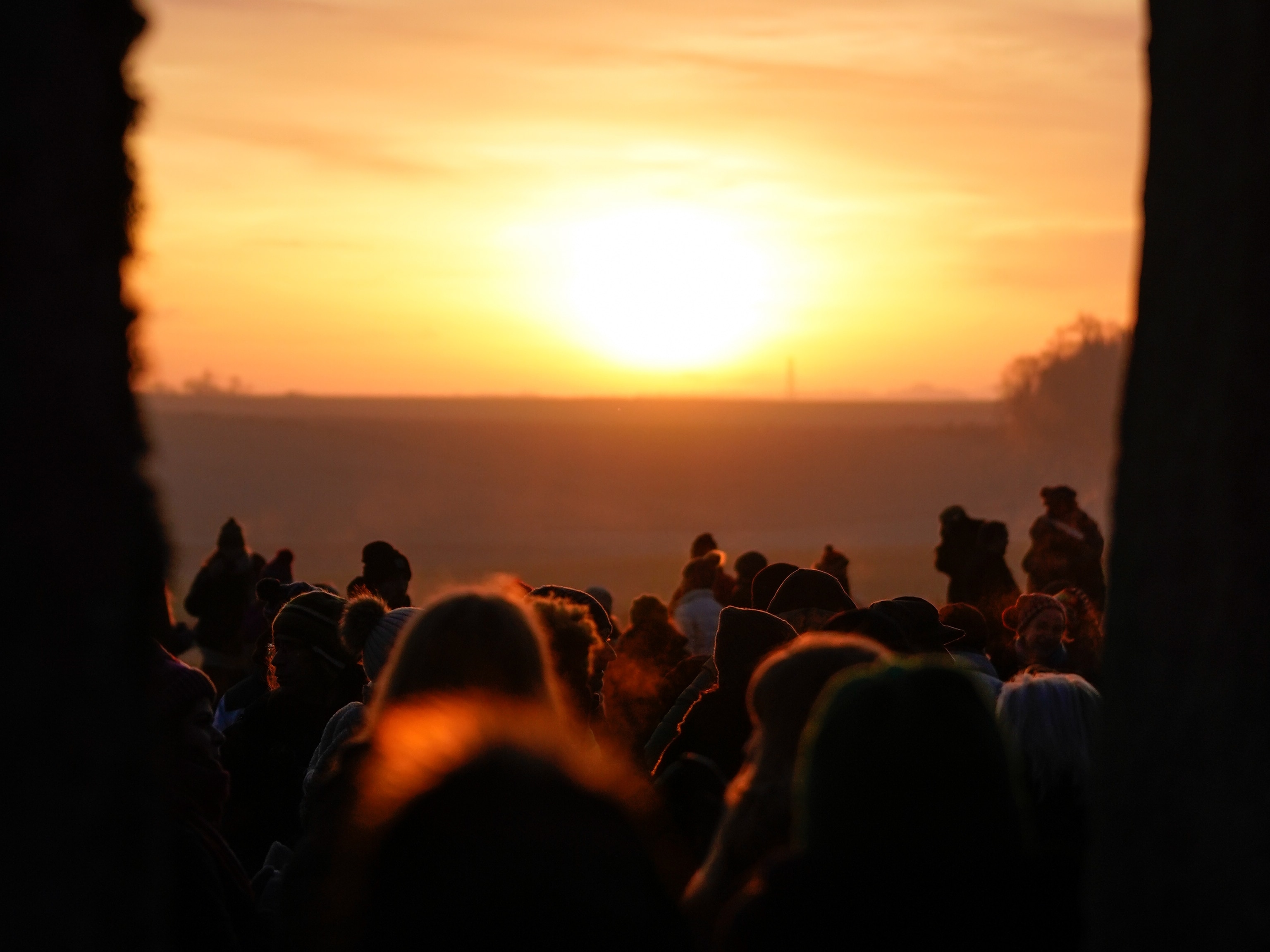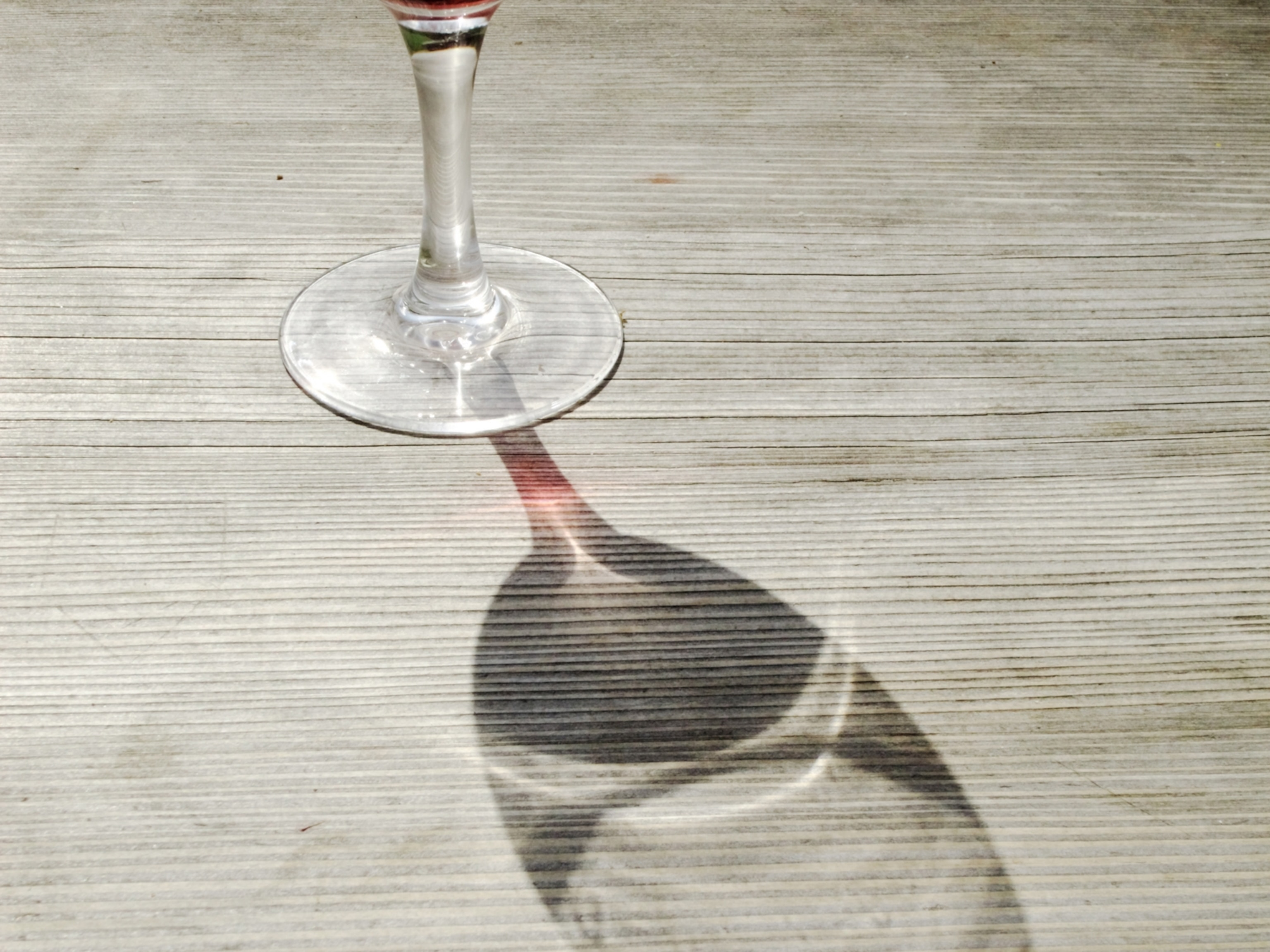Do you have a morning routine? Here's how some historic figures started their day
Marcus Aurelius would never hit snooze. Ben Franklin loved to sit in the nude. These historical figures had serious opinions on how to start the morning right.
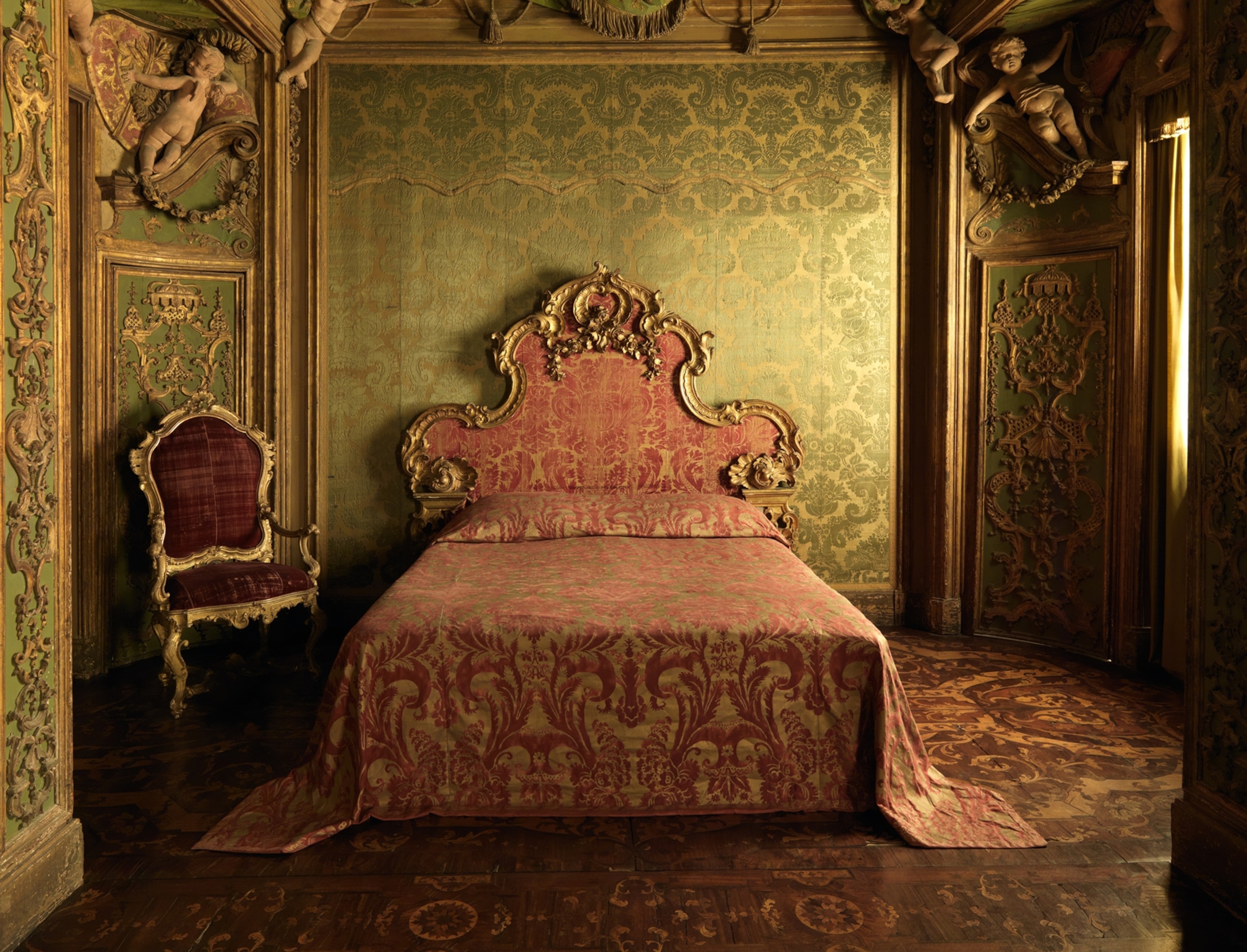
Is it better to rise early or sleep in? Down an espresso or indulge in a pot of tea? Love them or loathe them, morning rituals can set the tone for the rest of the day.
Modern-day life coaches and trendsetters continuously engineer new ways to optimize hours in the day, but their impulse is nothing new. From Marcus Aurelius to Ludwig van Beethoven, humans have been devising morning routines that inspire productivity and focus for centuries.
What nuggets of wisdom can some of history’s most accomplished figures give 21st-century routine-seekers?
Marcus Aurelius would frown on hitting “snooze”
Before there were self-help gurus, there was Marcus Aurelius. Born in A.D. 121, he became emperor of Rome 40 years later and reigned until his death in 180. He may have commanded one of the most influential empires in history, but his interests extended far beyond the marble walls of the Curia Julia: He was also a Stoic philosopher who pursued a virtuous life, one that promoted wisdom, justice, moderation, and courage.
(Here's the science behind all that advice to create routines.)
Marcus Aurelius mused on these ideas in a journal that would eventually be published as Meditations. In it, he outlined ways to work on self-improvement.
One thing he struggled with: morning routines. As biographer Frank McLynn observed, “Marcus was an insomniac who hated getting out of bed in the morning—a serious fault in the culture of Rome where people considered it a virtue to be up betimes.”
As a result, Marcus Aurelius made a concerted effort to drag himself from bed every day. “In the morning when you rise unwillingly, let this thought be present—I am rising to the work of a human being,” he wrote. He used this mantra as motivation to jump-start his day, not “lie in the bedclothes and keep myself warm,” the second-century equivalent of hitting the snooze button. It was the first step in doing the work of living out a virtuous day.
Plan out the day like Benjamin Franklin
Benjamin Franklin may not have been a Roman emperor, but the Founding Father, printer, and inventor wrestled with the same question as Marcus Aurelius: What did it mean to live a virtuous life? Franklin maintained his own list of virtues: temperance, silence, order, resolution, frugality, industry, sincerity, justice, moderation, cleanliness, tranquility, chastity, and humility.
(Do you want to eat more veggies? Try this.)
He believed actions spoke louder than words, so Franklin did not only want to endorse these virtues; he wanted to practice them through everyday habits. To do this, Franklin planned out his day hour by hour.
Every day began with an early morning wake-up call. He got out of bed at 5:00 a.m. and spent the next three hours washing, eating breakfast, planning the day, and contemplating a key question: “What good shall I do this day?” This morning meditation likely helped him bring intention, focus, and meaning as he went about his work.
Another one of his morning rituals may have been less contemplative, but apparently no less invigorating: sitting in the nude for at least half an hour. In a 1768 letter to French physician Jacques Barbeu-Dubourg, Franklin described the practice of sitting in the cold air as being like “a bracing or tonic bath”—one that he preferred to the “shock” of a cold-water bath.
Georgia O’Keeffe found inspiration in nature walks
Like Marcus Aurelius and Benjamin Franklin, artist Georgia O’Keeffe was an early riser. “I like to get up when the dawn comes,” she told Life magazine in 1968.
Though O’Keeffe preferred to “sit in bed and watch the sun come up,” she did not stay there long. She sometimes started her days with a morning walk around Ghost Ranch, her home outside Abiquiu, New Mexico. At times, she would stumble on rattlesnakes, kill them, and pocket their rattles.
She did not limit her walks to the mornings, however, and was just as likely to go on evening strolls.
But no matter what time of day she did it, walking in nature seems to have been an essential part of her artistic process. The dirt beneath her feet and the cloud-clotted sky above inspired her many paintings of the blistering, vibrant landscapes of the American Southwest.
“All the earth colors of the painter’s palette are out there in the many miles of badlands,” she wrote in an exhibition catalog in 1939. O’Keeffe would even collect interesting rocks and bones on her walks, some of which likely inspired her paintings.
Even Beethoven started the day with a beverage
Long consumed in the Middle East, coffee did not become popular in Europe until the 17th and 18th centuries. It soon became a beloved morning drink—albeit an increasingly expensive one. By the early 19th century in Vienna, a cup of coffee cost roughly the same as a half-pound cut of beef.
The German composer Ludwig van Beethoven treasured his morning cup of joe so much that he made it the same way every day, even going so far as to measure out exactly 60 beans—no more, no less—to grind. As musicologist Laura Tunbridge concluded, “Beethoven counted out his beans not only in pursuit of the perfect cup but also out of economic concern.”
Coffee is not the only beverage that artists have relied on to flavor their mornings. For writer Maya Angelou, mornings were the perfect time to enjoy her liquor of choice: sherry. “I might have it at six-fifteen a.m. […],” she told George Plimpton in 1990, “but usually it’s about eleven o’clock when I’ll have a glass of sherry.”
Even on mornings that did not begin with sherry, Angelou nonetheless got an early start to her day. She preferred to write in hotel rooms, even in towns where she lived. As an early riser, Angelou left home, commuted to her rented room, and began writing by 6:30 a.m.
Morning rituals have always been as singular as the people practicing them, but Angelou’s before-sunrise work ethic reveals a larger truth about history’s most successful, driven, and creative minds: For them, the early bird, it seems, really did get the worm.

